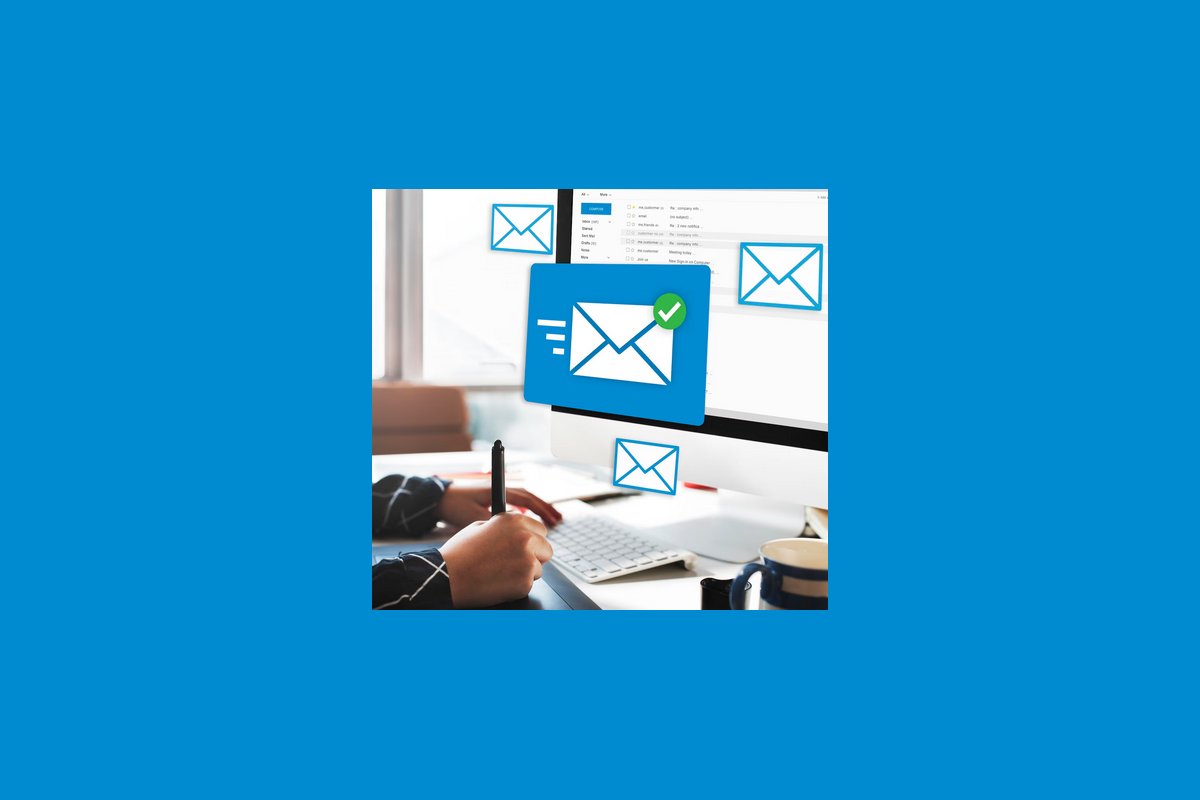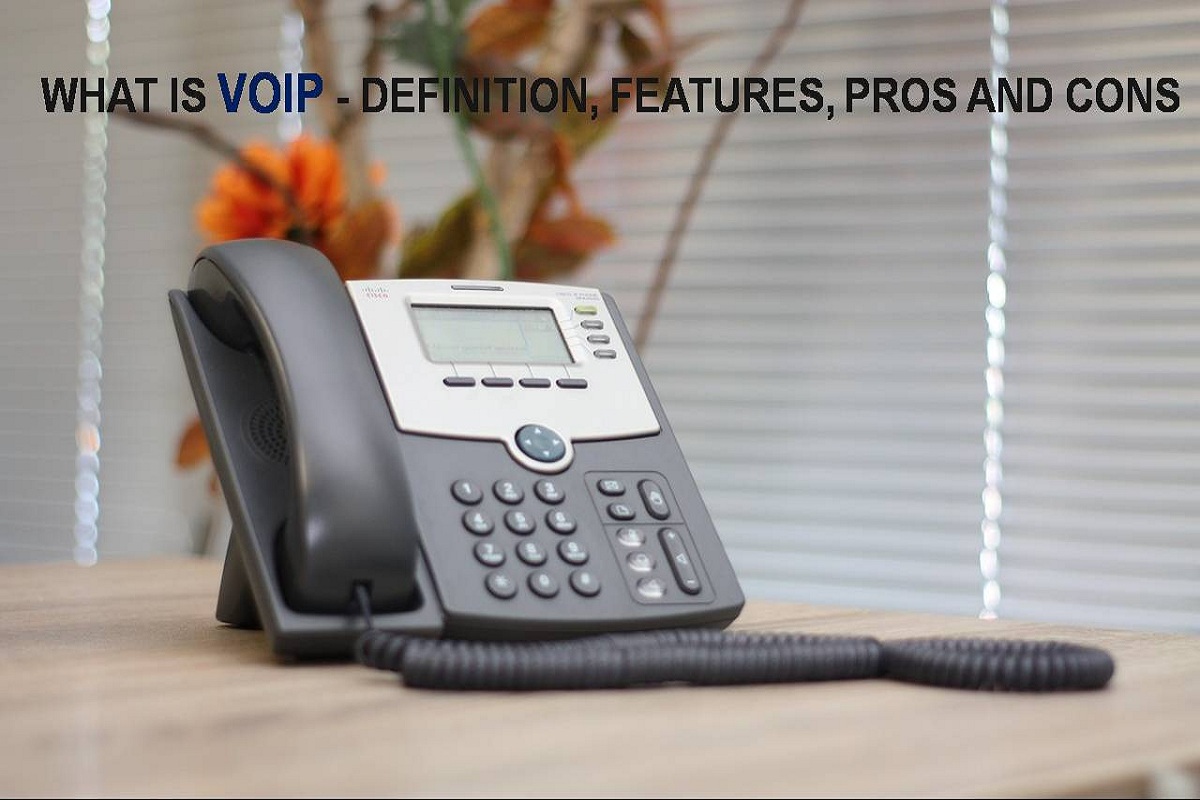

Email Timing Secrets: When to Send for Maximum Impact
Why Timing Matters—and Why You Don’t Have to Be a Time‑Traveling Ninja
Picture this: you’ve spent hours polishing an email subject line that could win a Pulitzer, yet folks still ignore it like yesterday’s cake in the back of a freezer. The culprit? Timing. Even the most brilliant email can flop if it arrives when your audience is busy binge‑watching soaps, scrolling through memes, or just trying to keep their coffee from spilling in the rush of a Monday morning.
Step 1: Talk to Your Audience (Not Whisper Behind Their Back)
- Know their time zone – It’s not rocket science. If you’re sending a blast from Sydney to Tokyo, don’t expect your recipients to open it at 3 pm local time.
- Map their day – Do they check email at the gym, during lunch lattes, or when they’re winding down after a long day? Match your send times with those sweet spots.
- Peel back the data layers – Look at your open‑rate charts. Which hours and days hit the sweet spot? Which times feel like a midnight snore‑wake‑up call?
Step 2: Get the Feeling Right
Emails sent at the “just‑right” moment are more likely to feel like a warm hug. Too early, and they’re just a placeholder. Too late, and they’re drowned out by spam. If you hit a rhythm, you’ll see your click‑through and conversion rates steal the spotlight.
Step 3: Keep It Fresh with Flexibility
- Try different times. A quick A/B test might show that Wednesday mornings perform better than Thursday afternoons for your specific niche.
- Use tools that help you track engagement trends—think of them as your personal traffic lights for email campaigns.
- Don’t forget the weekend! Some audiences love treating themselves to a “Friday‑night read” rather than a Monday A‑wake‑up email.
Crack the Clock’s Secret Code
Here’s a quick cheat sheet to get your email engine roaring:
- Morning (6‑10 am) – Ideal for professionals who hunt for bite‑size info before smashing the desk.
- Afternoon (12‑2 pm) – Lunch hour surfers love a quick scroll.
- Evening (4‑7 pm) – Post‑work hours when people are relaxing and ready to read.
- Weekend (Saturday & Sunday) – Tweak this one—some subsets binge-check email while planning a vacation; others prefer unplugging.
And the worst times? These are usually prime “do‑not‑disturb” windows: late nights, rush hours, or the Monday morning brain‑freeze period. Avoid them unless you’ve got something absolutely irresistible.
The Final Word: Timing Is Your Silent Partner
Crafting great content is essential, but timing gives it the audience it craves. By aligning your sends with where and when your subscribers vibe, you’ll see opens, clicks, and conversions climb. Think of it like launching a rocket—good intel on meteor showers and wind direction can make the difference between orbit success and a crash landing.
General Advice
1. Morning
When to Hit “Send” on Your Email Campaigns
Time‑is‑money is what the business world says, but for email marketers, finding that sweet spot is a bit like catching a unicorn. Below are the times that most people actually open their inboxes without you having to be a homework‑grease‑harboring superhero.
Rise and Shine: The Morning Window
- 9 am – 11 am on Tuesdays & Thursdays: By this time the day’s heavy lifting has been done, and people are sipping coffee on a break, ready to roll into lunch. That’s the golden hour for clicks.
- 4 am – 6:30 am on those same days: A silent front‑load audit, because the average user scrolls their phone the moment they get out of bed. Around half of them are literally sending emails from the comfort of their pajamas. Don’t miss the dream‑shift traffic!
Why These Times Work
- Morning tasks finish – people are ready for non‑urgent content.
- Early‑bird check‑ins – they’re the first to notice a fresh mail.
- Lunch transition – folks take a breather and have a few extra minutes to skim.
So, if you want your campaigns to get some serious “look‑and‑click” attention, aim for those two windows. Let the emails arrive when the inbox is as fresh as your launch plan.
2. Afternoon
Catchy Tuesday & Thursday Email Window
When you slot your emails into the 2‑pm to 4‑pm slot on Tuesdays and Thursdays, you’re hitting a sweet spot: people are craving a quick break from their desks, and they’re swiping at both laptops and their phones. That opens up a buffet of chances for your message to land in the open and click positions.
- Work‑day Dip: Mid‑afternoon is the perfect time for folks to pause and grab a distraction.
- Device Diversity: Wallet‑sized screens and full‑size monitors give your link a broader audience.
- Click‑through Boost: With eyes peeled, your call‑to‑action gets the spotlight it deserves.
- Open‑rate Surge: In a busy slump, inboxes are an open‑for‑all buffet.
So, aim for those two hours on Tuesday and Thursday, and let your email shine while everyone shifts gears from spreadsheets to something a little more fun.
3. Evening
When to Hit the Send Button for Max Open Rates
If you’re aiming to snag people’s attention on a weekday, the sweet spot is 8 p.m. to midnight. People are settled down, either winding down for bed or soaking up their favorite shows while scrolling through their phones.
Why Not Earlier?
- They’re still tackling chores—laundry, dishes, that endless grocery list.
- Dinner plates are still being cleared away or the main course is just about to hit the table.
- Kids and pets usually still have a good stretch of time to stay active.
What Happens After 8 p.m.?
- Most folks transition to a relaxed vibe—relaxing, lounging, or catching up on local TV shows.
- Their phone screens become the main entertainment gear.
- They’re less likely to be buried under the morning rush, so your email has a better chance of landing in the open/attention zone.
Takeaway
Kick off your email campaign during that 8–midnight hour, and you’ll see higher open rates because people are finally ready to break away from their day‑to‑day hustle and pick up their phones.
4. The Weekend
Sunday Email Opens: The Late‑Night Gold Rush
Ever wondered who’s actually turning to their inbox after the pizza has cooled? The answer is Sunday at 9 pm – the sweet spot when people finally get off their phones.
Why Sundays Turn into an Email Party
- Midnight to 1‑am traffic: From 8 pm to midnight the open rates shoot up like a weekend karaoke duet.
- Last campaign carry‑over: It’s perfect for the final blasts of the week – the “wrap‑up” that keeps the conversation going into Monday.
Saturday: The Click‑Frenzy Morning
Saturday mornings are a different vibe. People are still soaking up the weekend – but they’re not sleeping in and they’re scrolling for brunch ideas.
- High clicks, high conversions: Between 11 am and 5 pm your emails snag the audience before they move on to errands or movie marathons.
- Past 5 pm people swap devices for real‑life socials: family dinners, beach walks or just a “lazy Sunday” vibe. Best to avoid sending at that time.
Bottom line: Saturn… just stop kidding – send around 11 am–5 pm on Saturday and for Sunday aim for 8 pm–midnight to catch the late‑night crowd.
Specific Advice
1. Know your audience’s timezone
Timing Is Everything: Sending Emails When They Matter Most
Ever opened an email in the middle of a night shift and wondered, “Why am I getting this when I’m awake?” That’s the tiny, but painful reality of ignoring your subscribers’ timezones. Below we’ll roll through a quick recipe for mastering the art of local‑timed emails, so that every click feels like a natural next step.
Why Timezones Ruin Your Campaigns
- Out-of‑Sync Delivery: Imagine a Vancouver resident receiving a New‑York promotional blast at 2 a.m.—fits right in with their “late‑night cravings” for a pizza. The result? A crazy drop in open rates.
- Wasted Effort: Sending all emails at once, regardless of geography, defeats the purpose of a well‑planned marketing push. Your stats will no longer reflect the true impact of your creative.
- Possibly Off‑Brand: If only you knew each customer’s local culture and preferences, you could tailor campaigns that resonate.
Grab the Location Data While the Moment’s Hot
Ask new subscribers where they live the moment they join. A small extra step—such as a dropdown for country, city, or even a quick free‑text box—can open the doors to a smarter, timing‑friendly strategy.
Do it Seamlessly
- Place the location field right next to the email address in your signup form.
- Use friendly language: “WHERE IS YOUR HOME? (Optional, but helps us get you the right times!)”
- Auto‑populate or validate with JS for user convenience—though you can’t mention the script itself.
Segment Your Audience Like You’re Cutting a Cake
Once you have the data, it’s time to slice the list into tidy groups based on local time. Let’s break it down:
- North America: Bear in mind the Panama–Panga times: Eastern (New York), Central (Chicago), Mountain (Denver), Pacific (San Francisco).
- Europe & Asia: Central European Time, Greenwich Mean Time, Asian zones—all with their own quirks.
- Bill in each group’s GMT offset and use that for scheduling.
Schedule Your Emails The Right Way
Instead of blasting the cosmos at 9 a.m. GMT, deliver each message at an appropriate local hour—like 9 a.m. in the subscriber’s timezone. Use your email platform’s built‑in scheduler or a lightweight script.
Wrap Up: Why This Matters
In short, — you can’t win a marathon by sprinting the same pace for everyone. With this localization routine, you take your audience’s time into your palm, then hand them content when they’re most engaged. Result: better opens, more clicks, and happiness bundled in every message.
2. Understand their daily schedule
Timing Is Everything: When to Hit Send on Your Email List
Think of your mail list like a party. You don’t want to crash it during karaoke night or while someone is falling asleep. The trick is to know when everyone’s actually awake and line up your emails accordingly.
Step 1: Get the Secret Schedule
- Ask newcomers when they clock in and when they’re on break. Maybe you’ll find a lot of “coffee breaks” stuck at 10 AM.
- Let them share their typical “free moments” – that’s the slot when they’ll actually read your message.
Step 2: Sort the Crowd by Their Chill Time
- Group the folks who’re available in the morning, mid‑day, or nighttime.
- Use these buckets to schedule your messages. Don’t send a premium offer right when someone is eating lunch – it gets buried.
Why “Timing” Wins
- Better open rates (no one clicks because they’re staring at a spreadsheet).
- Higher engagement – you’re talking to them when they’re actually listening.
- Fewer unsubscribe marks (no one gets annoyed by spam at 2 AM).
Remember, respect the rhythm of your audience. Collect the calendar, sort the segues, and hit send when the door opens. Your emails won’t just land in the inbox; they’ll land in the spotlight. Happy mailing!
3. Analyze your email open rates and optimize based on data
Keep It Simple: Just Ask for the Email
When folks hop onto your mailing list, the golden rule is to request only their email address. Anything more is a quick knock‑off of customer goodwill.
Why Hassling Them Is a Bad Idea
- Annoying Over‑Requests: Asking for extra data (phone numbers, addresses, hobbies) can feel like a pop‑up questionnaire that risks driving people away.
- Wrong Info: The more fields you add, the higher the chance they’ll accidentally slip in the wrong data—think phone instead of email, or surname instead of Google name.
- Spam Flags: A burst of wrong or incomplete addresses can trigger spam filters, making your entire list look suspicious.
Read Between the Lines: Track Where Your Emails Are Going
Gone are the days of blind guesswork. By tapping into email analytics, you can learn:
- Which locations are opening your messages.
- At what times they’re most likely to click.
- How their behaviour changes with local time zones.
Send Emails When It Makes Sense
Apply the insights you’ve gathered to time your sends for maximum impact:
- Stagger your campaigns to hit subscribers in their local morning, lunch, or evening slots.
- Avoid sending during late nights or weekends unless your audience prefers that.
- Use this data to segment the list automatically so every email lands when it’s most likely to be opened.
Bottom line: keep the sign‑up process clean, lean, and friendly—then let data guide your timing to keep subscribers happy and your deliverability strong.
The Worst Days and Times to Send Emails
Timing Is Everything — Don’t Let Your Emails Bother the Weekend Hustlers
Why Mondays Feel Like a Food Fight
Most folks treat Monday like a mailbox cleanup blitz. They’re not looking for excitement, just a quick purge to clear out the clutter. So if you hit them with a marketing email, chances are it ends up in the trash.
Wednesday: The “Diet of the Inbox”
Mid‑week is a mess in the inbox cafeteria. People’re juggling deadlines and usually only open their emails when watching them get eaten by a steady A/B test stream. Drop an email at this stage and you’ll just see a “no thank you” scroll.
Friday: “I’m Ready for the Weekend” Mode
By Friday, the vibe shifts to “let’s snag this last assignment.” The inbox sits in the corner while the brain is already dreaming of beach vibes, pubs, or Netflix binges.
Saturday & Sunday: Your Spam’s Kicking a Sack
Day‑time for the weekends is an all‑day, no‑email zone. People give “YouTube, Insta, TikTok” the priority over “Email.” If you wanted to let them watch your promotion, you’d need to read the email on a forced night shift.
When to Avoid Sending Your Campaign (Daily Guide)
- 7 am – 9 am: Think of a car full of commuters. They’re on the road, not the inbox. Your email will feel like a roadside billboard.
- 12 noon – 1 pm: Lunch break is single‑handed. People’re eating, nap‑ding, or Pomeranian‑izing their kids. Your email will taint their sandwich splash.
- 5 pm – 7 pm: The second wave of “out‑of‑office.” After work, it’s household chores, family time, and dinner. Push your email at 6 pm and it’ll be judged like a junk‑food menu.
- 12 midnight – 5 am: Snooze, snooze, snooze. People are asleep, and you don’t want your email to crash the sleep party with a loud notification.
Bottom Line: Respect the Inbox, Respect the Human
Put your message in the inbox when it’s likely to be read, not ignored. Aim for mid‑afternoon on a non‑workday or early morning on a Saturday, and you’ll play it cool, respect the user’s time, and keep the spam rating down.
Conclusion
When to Hit Send: Finding Your Email Sweet Spot
Let’s be real – there’s no universal “magic moment” that guarantees the best open or click‑through rates. Your audience lives in a mix of time zones, scrolling through inboxes at odd hours, and their schedules are as unpredictable as a cat on a keyboard.
That means every open, click‑through, or conversion you get is a bit subjective. The only thing you can truly control is what you’re sending and when you send it.
Why Timing, Subject Lines, and Design Still Matter
- Subject line – Think of it as your headline. Grab attention, hint at value, keep it short.
- Content – Speak in the language of your readers. Offer something useful or entertaining.
- Design – Keep it crisp and mobile‑friendly. A good layout nudges people to click.
- Timing – Send when your segment is most likely to read, not when you feel like it.
Turn Data Into Action
What’s the best approach? Analyze user behaviour data and segment for peak engagement. Treat your list like a garden: prune the weeds (low‑engagement contacts) and nurture the thriving parts.
- Collect data on opens, clicks, and conversions by hour and day.
- Segment recipients by time zone, device, or past engagement.
- Test different send times and monitor performance.
- Iterate based on results—what worked in March? Might not hold in December.
In short, the secret sauce is personalization + timing. Your email will shine when you match its rhythm to your audience’s routine.







